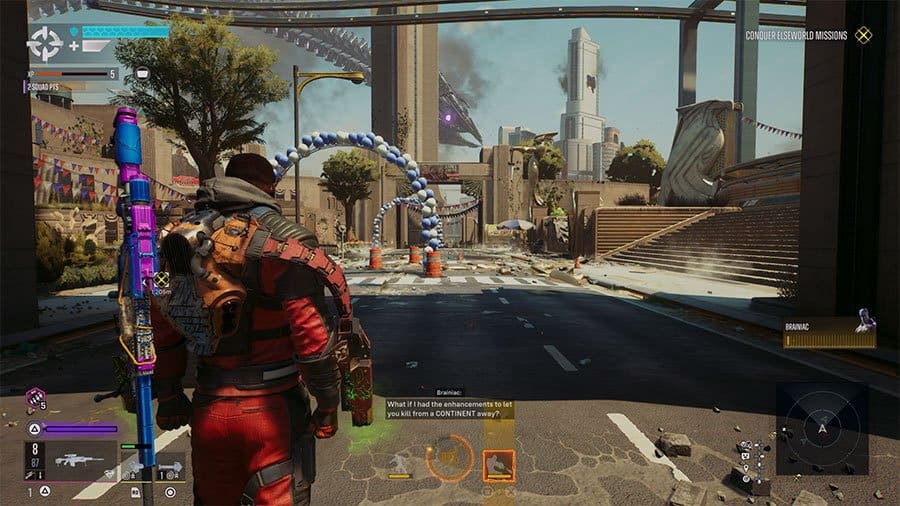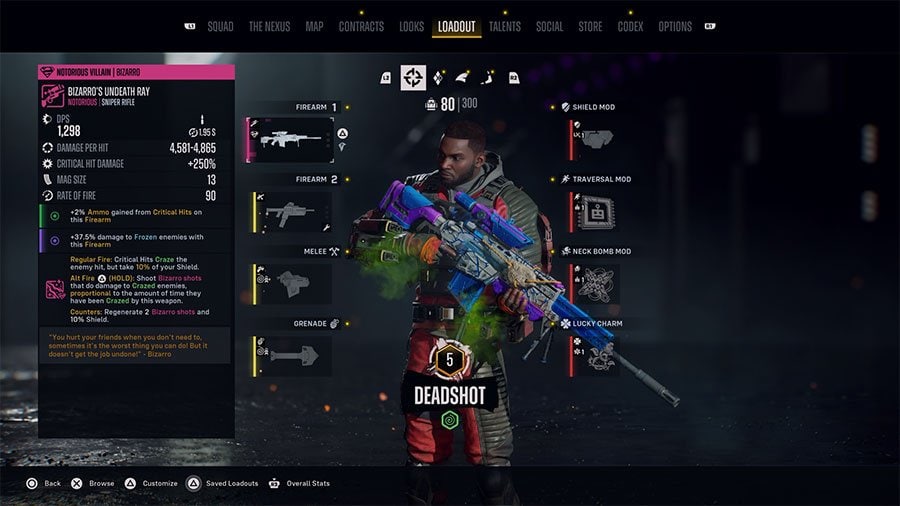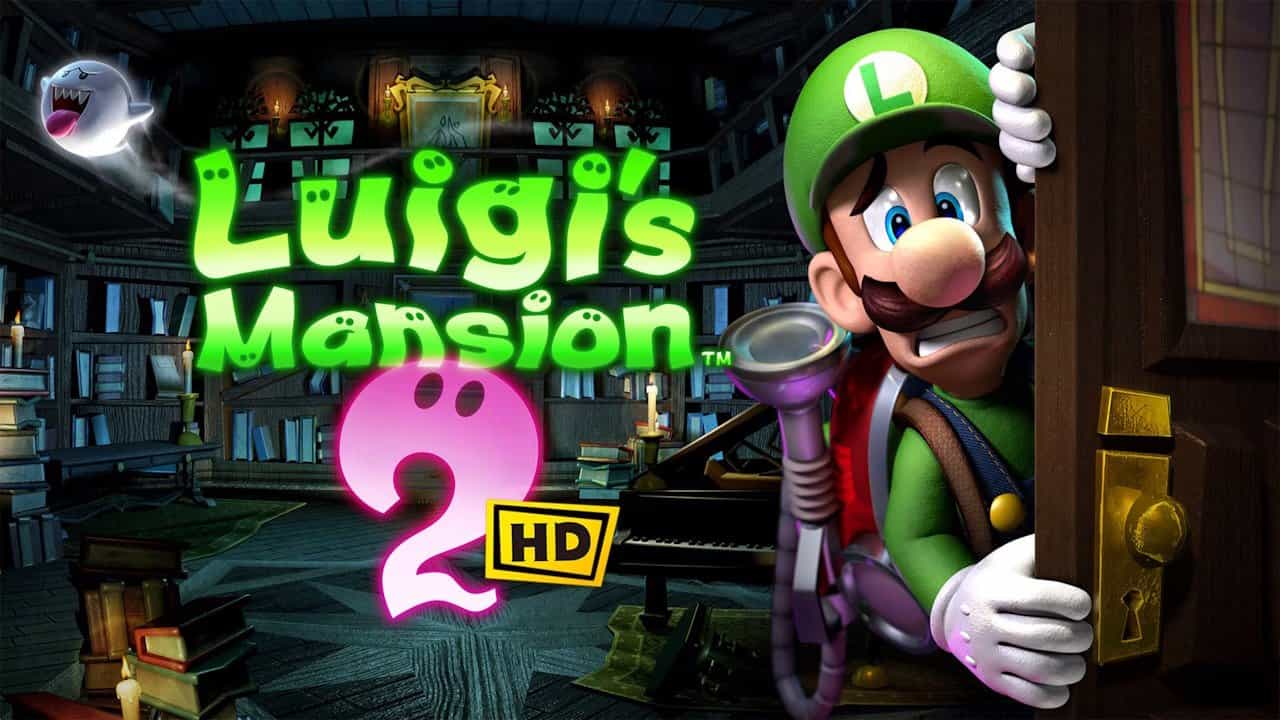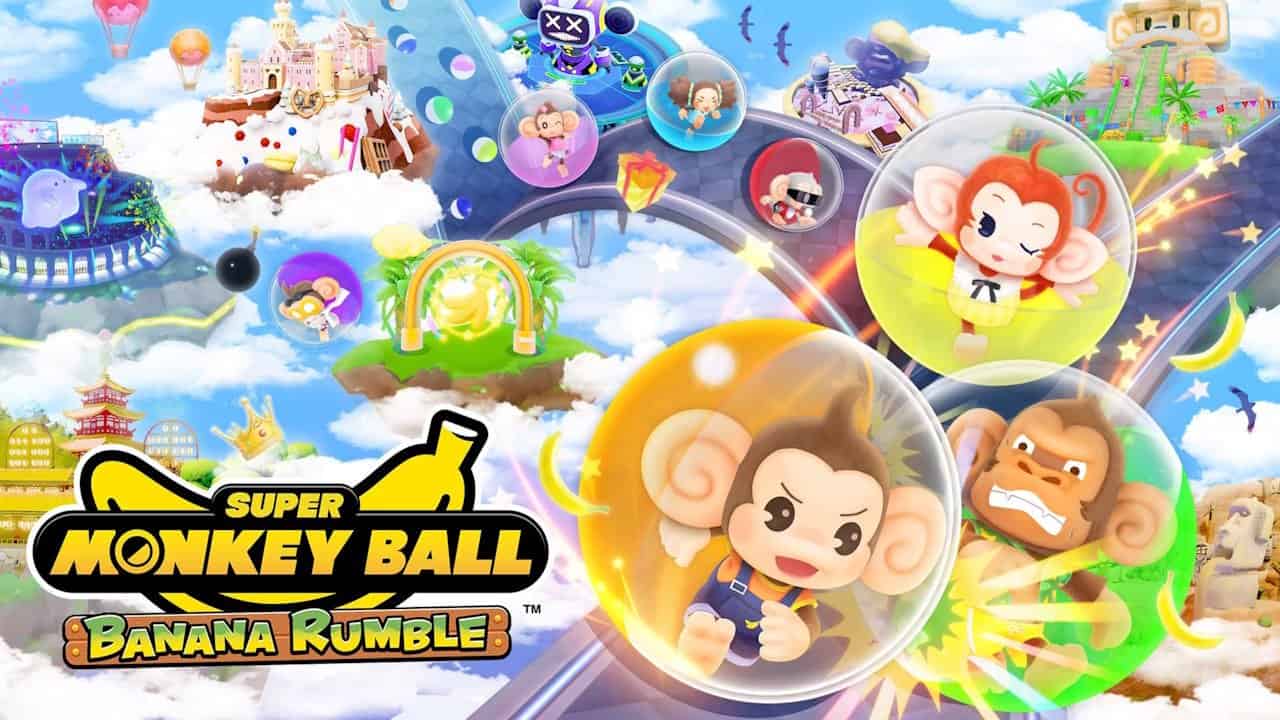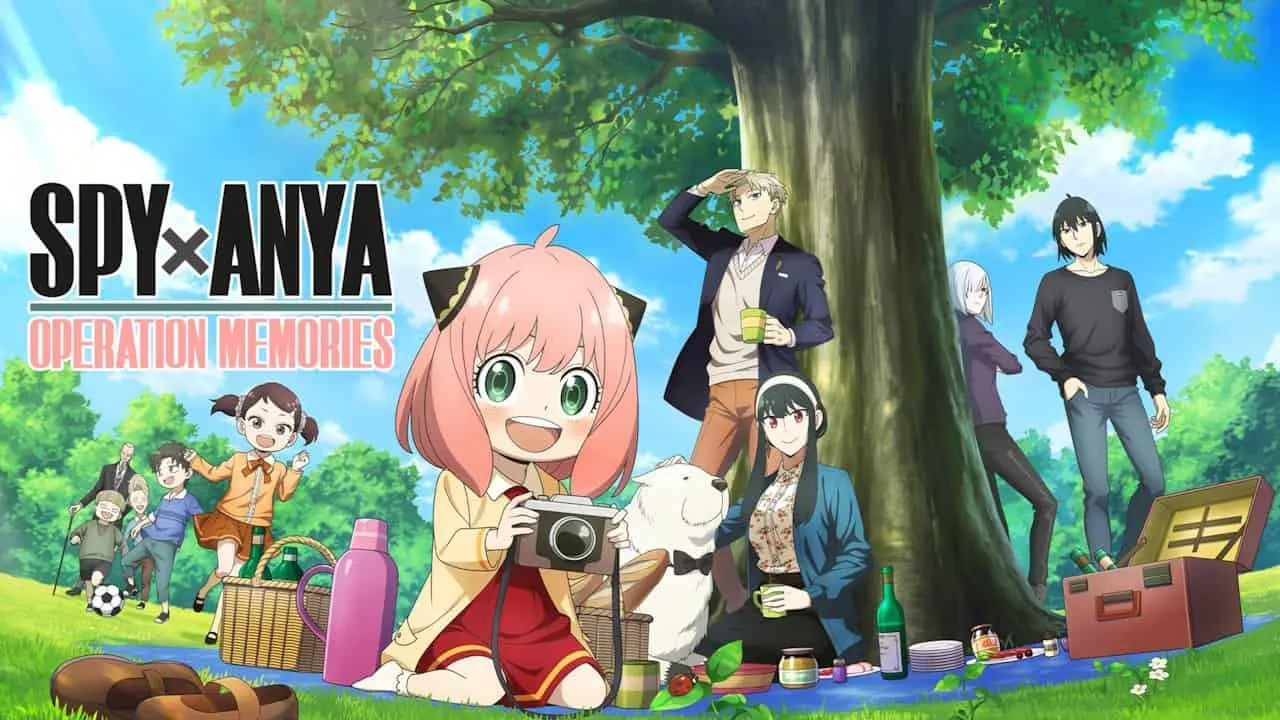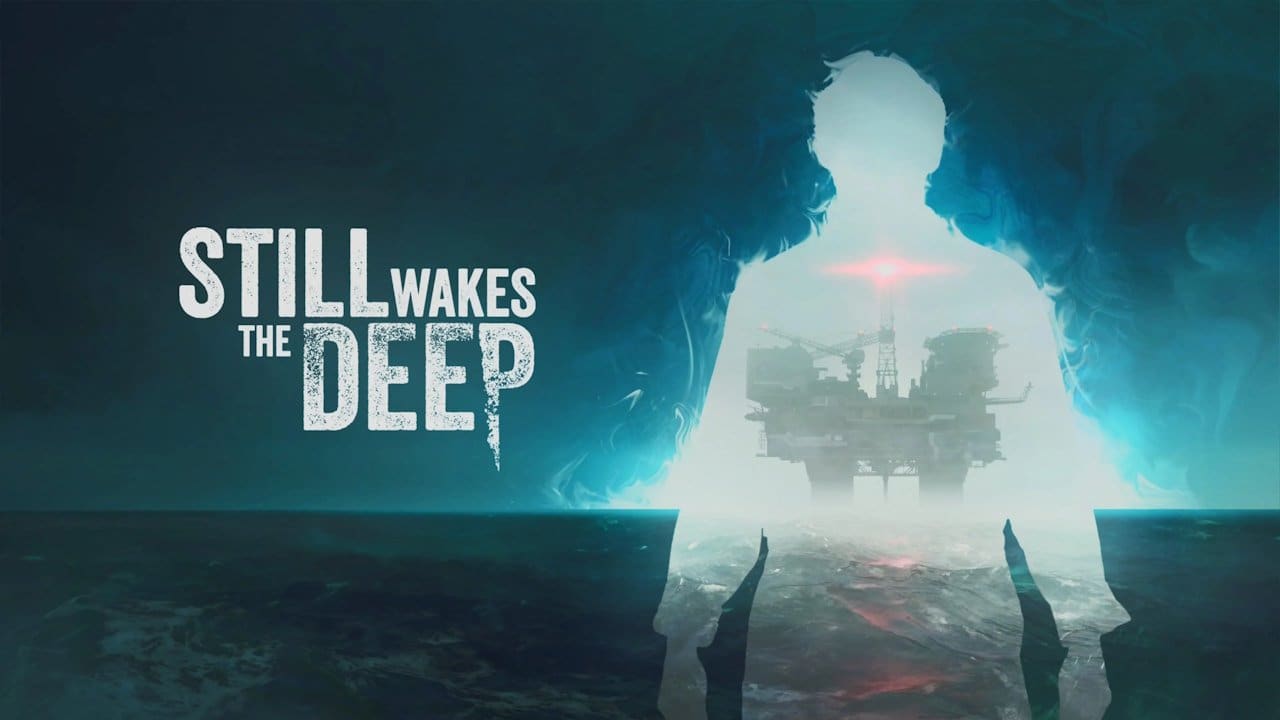Suicide Squad: Kill the Justice League Review: Running on GaaS?
Is It All Doom & Gloom For Rocksteady?

Official Score
Overall - 85%
85%
Suicide Squad: Kill The Justice League is a great game for a certain type of player, having all the hallmarks of a fantastic single-player cinematic experience. It features a great story, excellent voice acting, beautiful environments, and captivating characters, but it all feels cut short to service this live-service model. I had a lot of fun playing through, and I'll likely dive more into the end-game grind. Still, I still can't help but ask: What if?
Even before launch, Rocksteady Games faced an uphill battle with their latest release. Mainstream gaming media holds little love for the games-as-a-service model, and more recent forays into the DC Universe haven’t exactly ended well. Suicide Squad: Kill The Justice League is a stark contrast from Rocksteady’s trademark gritty Arkham games, a legacy that almost feels condemning at this point.
So, does Suicide Squad: Kill The Justice League stand out in a crowd of games struggling to survive, or is this, as some feared, the downfall of Rocksteady?
Suicide Squad: Kill the Justice League Review
Kill The Justice League’s story follows the traditional superhero trope: There’s an impending world-ending event of biblical proportions that only Earth’s greatest heroes could hope to overcome. Well, that was if the entire Justice League hadn’t been turned into Brainiac’s mind slaves.
Instead of the usual spandex-wearing goody-two-shoes, players take the mantle of the Suicide Squad, a ragtag group of Arkham convicts set loose on Metropolis. This was pulled off by Amanda Waller, who, quite honestly, may just be the greatest villain in the entire DC Multiverse. She’s more terrifying than any of the Suicide Squad; I’d rather go toe-to-toe with Brainiac.
The story follows Harley Quinn, Deadshot, King Shark, and Captain Boomerang, the latter of which has quickly become one of my all-time favorite characters. They all set out to take down the Justice League and destroy the evil Brainiac before he enslaves what’s left of the human population.
It’s a rewarding narrative, one that toes a careful line between routing for the antihero and just flat-out destroying our childhood dreams before our very eyes. Its most impressive feat is the ability to create a bond between the player and members of the Suicide Squad that’s strong enough to endure some of the heinous events of the latter stages of the story, events that could sour the experience for some.
Unlike the humor, which is smashed out of the park in the first 30 minutes. The writing is fantastic, effortlessly blending a rather doomsday-like scenario with quick one-liners and banter between allies, all timed and delivered to near perfection. Some of the game’s funniest moments don’t even require words; the facial animations are some of the very best this industry has to offer. An entire joke can be delivered with the raising of an eyebrow or the rolling of the eyes. Supported by fantastic performances throughout, it left me feeling both fulfilled and empty. As a live-service title, the story was so much better than I was expecting. Despite this, it left me lovesick, wondering how much more we could have had in a more traditional single-player setting.
Running in at about 10-12 hours, the story felt short. It does flow through the games-as-a-service end-game style grind in fantastic fashion, arguably the most thematic we’ve seen in the genre to-date, but if that GaaS style end-game grind isn’t your thing, the experience may not feel deserving of the price tag.
Each of the four main characters – Deadshot, King Shark, Captain Boomerang, and Harley Quinn – each boast their own arsenal of weapons, abilities, and traversal powers. I typically struggle with games that require diverting of attention between too many skill trees and loadouts. While Suicide Squad’s user-interface makes it a seamless and effortless process, I still found myself drawn to Deadshot – a character I played throughout much of the game.
Once the story is over, when the GaaS grind begins, these games live and die by the quality of the combat. Thankfully, Kill the Justice League’s combat system is one of the most exciting I’ve played in a long time. Hulking brutes, long distance snipers, armored melee units, fortified tanks…the game throws a bevy of different enemies at you, each requiring different tactics and solutions. The satisfaction of stringing together the perfect counters, launching to the next group of enemies with combined traversal abilities, and hitting special attack to clear an entire platform never grows old or feels stale.
After every cutscene and story segment, I was eager to get back to the skies of Metropolis and just kill stuff for the fun of it. Both fitting of the genre and the theme, I suppose. However, that enthusiasm did dwindle somewhat when it came to the boss battles. While none of them were bad – you battle against the majority of the Justice League at one point or another – none of them really stood out either. Not really a crime, but when you are battling against characters as iconic as those seen in the Justice League, I expected combat on far grander scales.
As with all the GaaS launches of recent years, much of the pre-launch discussion was sharing the woes and concerns of the genre. I get it, they are not for everyone. Grind and repetition are often seen as negative elements of the gaming experience, but there’s still a large audience that thrives on the challenge and lives to log in each and every day. Is this that game? I’m not sure, but it has a hell of a lot more chance than I thought it would have.
The live-service elements, while limited in variety, do boast an impressive array of character customization and loadout options. Every aspect of the characters can be enhanced and improved. Personal stats, weapon rarity, weapon traits and perks, special abilities, there’s a huge list of min-maxing opportunities that offers the perfect playground for fans dedicated enough to withstand the limited mission choices of the post-game scenario.
Suicide Squad: Kill The Justice League is a great game for a certain type of player, having all the hallmarks of a fantastic single-player cinematic experience. It features a great story, excellent voice acting, beautiful environments, and captivating characters, but it all feels cut short to service this live-service model. I had a lot of fun playing through, and I’ll likely dive more into the end-game grind. Still, I still can’t help but ask: What if?
